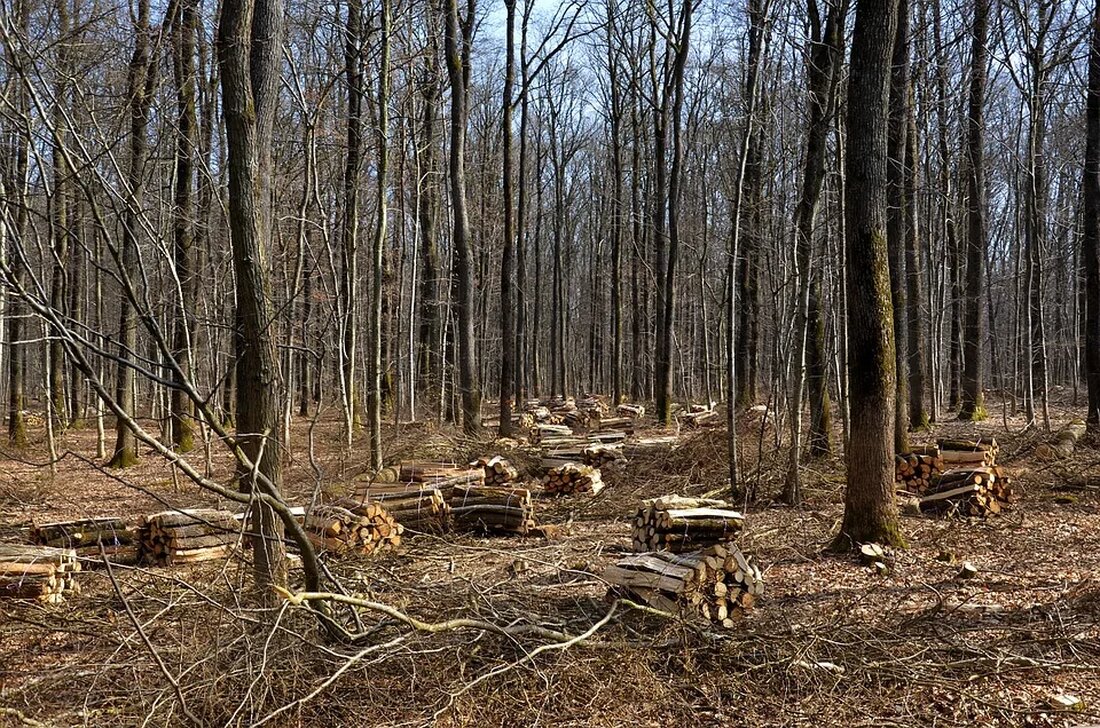Circular economy: A model of the future
Unfortunately, in our society today, the traditional linear economic model – “make, use, throw away” – is still widespread. In such an economy, immense amounts of waste are generated, resources are wasted and the environment is heavily polluted. But there are alternatives. One of them is the circular economy, a model that focuses on sustainability and efficiency. But what exactly is the circular economy, how does it work and can it actually shape the future of our economy? In this article we get to the bottom of these questions. What is the circular economy? The circular economy is an alternative, more sustainable economic system that minimizes the use of natural resources and...

Circular economy: A model of the future
Unfortunately, in our society today, the traditional linear economic model – “make, use, throw away” – is still widespread. In such an economy, immense amounts of waste are generated, resources are wasted and the environment is heavily polluted. But there are alternatives. One of them is the circular economy, a model that focuses on sustainability and efficiency. But what exactly is the circular economy, how does it work and can it actually shape the future of our economy? In this article we get to the bottom of these questions.
What is the circular economy?
The circular economy is an alternative, more sustainable economic system that minimizes the use of natural resources and makes the waste disposal process more efficient. This is achieved through a model based on closure and reuse, keeping products and materials in the production and consumption cycle for as long as possible.
The goal of the circular economy is to develop a sustainable economy that takes into account not only ecological but also economic interests. This means that we try to achieve a balance between protecting the environment and our economic development.
Principles of the circular economy
The circular economy is built on three basic principles:
- Vermeidung von Abfall und Verschmutzung von Anfang an
- Produkte und Materialien im Umlauf halten
- Regeneration natürlicher Systeme
Even in the design phase of a product, the focus should be on reuse and extending the service life. Another central principle is the so-called “Cradle-to-Cradle” approach. It stipulates that waste is always viewed as a resource for something new.
How does the circular economy work?
The circular economy is an economic system modeled on nature. There is no waste in nature because everything is reused or finds a new purpose. This principle is also applied in the circular economy.
Reuse and recycle
In a circular economy, products and materials are designed and manufactured so that they can be reused, repaired, upgraded or recycled after use, rather than simply being thrown away. This can be achieved, for example, through modular designs of products that enable easy maintenance or replacement of parts.
Reuse takes priority over recycling because it requires less energy and creates less waste. If reuse is not possible, recycling comes into play. Here, materials are separated, sorted and converted into new products.
Resource efficiency and renewable energy
The circular economy also relies on resource efficiency. This means that the materials used are used as efficiently as possible and the consumption of resources and the associated environmental impact are minimized.
A fundamental component of the circular economy is the use of renewable energies. By avoiding fossil fuels and using renewable energies, a sustainable energy supply should be guaranteed.
Benefits of the circular economy
The circular economy has numerous advantages - from a social, economic and ecological perspective.
Ecological benefits
Shifting to a circular economy could result in a drastic reduction in greenhouse gas emissions. By extending product life, using renewable energy and reducing waste, both energy and resources can be used and saved efficiently.
Economic advantages
The circular economy also has potential from an economic perspective. It promotes the creation of new jobs and business models and contributes to increasing productivity - for example through innovation, increasing efficiency and cost savings.
Social benefits
The circular economy can also bring social benefits by helping to reduce poverty and social inequality. This can be achieved through job creation, fairer market access conditions and enabling social inclusion through education and training.
The circular economy: challenges and opportunities
Despite the numerous benefits, moving to a circular economy also has challenges.
challenges
One of the biggest challenges is the transition from the outdated, linear economy to a circular economy. It requires enormous effort to change existing infrastructure, processes and behaviors.
There is also the challenge of providing high-quality materials for recycling. This is often associated with high costs and technological challenges.
Opportunities
Despite these challenges, the circular economy also offers great opportunities. It has the potential to contribute to a more sustainable and fair economy and can help achieve the urgently needed decarbonization of the economy.
Conclusion
The circular economy is more than just a concept – it is a necessity for the future. It opens up new possibilities, promotes innovation and could help to overcome the ecological challenges of our time. It offers the opportunity to create a sustainable economy that respects the planet and promotes a fair and inclusive society. It is up to us to seize this opportunity and make the circular economy a reality.

 Suche
Suche
 Mein Konto
Mein Konto
